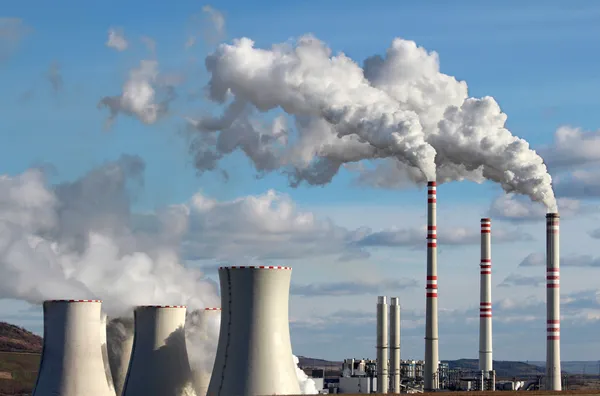
The warning signals couldn’t be clearer. “Every system is flashing red,” stated Clea Schumer, World Resources Institute’s Research Associate, with the most recent report State of Climate Action 2025 revealing none of the 45 2030 climate action indicators are on course. While renewable energy has skyrocketed, global consumption of coal reached a record high last year, in a perilous contradiction: things are happening, but not nearly quickly enough to reach the Paris Agreement target of 1.5°C.
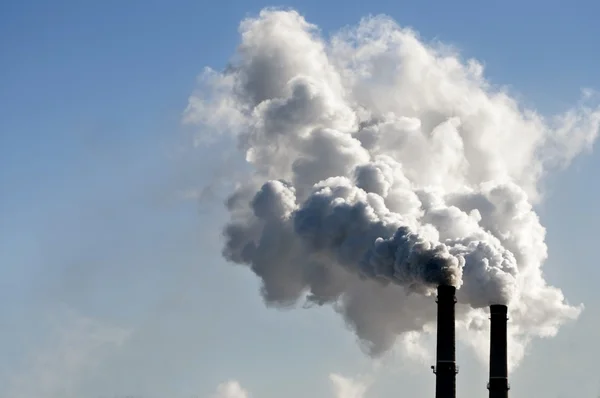
1. Coal’s Unrelenting Hold on World Power
Coal is still the world’s greatest source of electricity, and it has maintained that for more than 50 years. While its share of electricity generation has fallen modestly 37% in 2019 to 34% in 2024 it is short by a long way of the rate required. Electricity generated by coal will have to fall to just 4% by 2030, or to the tune of shutting down virtually 360 average-sized plants annually and bringing all new development to a halt. WRI Senior Research Associate Sophie Boehm cautioned, “We have barely moved the needle on retiring coal These moves aren’t voluntary; they’re the minimum necessary for fighting the climate crisis.”
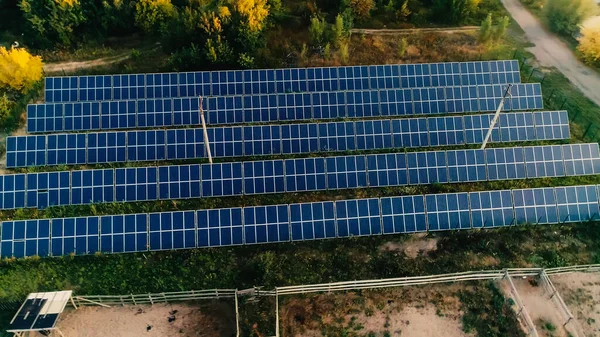
2. Rising Electricity Demand Wipes Out Renewable Advances
Renewables, especially solar and wind, have increased spectacularly solar became history’s fastest-growing source of electricity. During the first half of this year, renewable energy actually surpassed coal as the largest source of electricity. But the world-wide rise in electricity demand has erased all the gains, thus pushing coal consumption higher. The developed nations like the US and EU experienced the failure of wind and hydropower, along with increasing demand, to add to the pressure on fossil fuels.
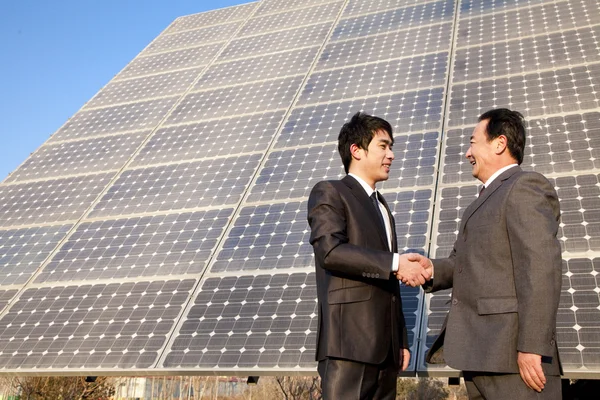
3. The World Divide in Energy Transition
India and China are leading the clean energy revolution in emerging economies. China installed solar and wind capacity of over the rest of the world combined in 2024, enabling a 2% decrease in its fossil fuel production. India reduced coal and gas consumption because of subdued demand growth and huge renewable additions. Conversely, the US has experienced renewable growth expectations halved by policy rollbacks, while the EU has suffered weather-driven declines in renewable capacity.
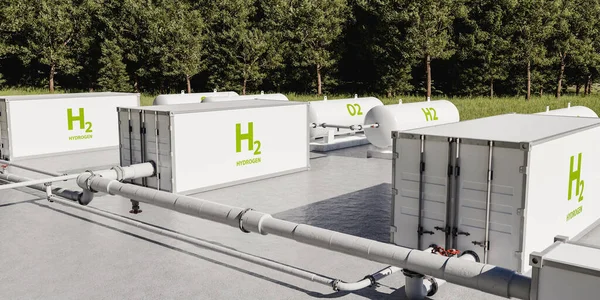
4. Pockets of Progress and New Technologies
Amidst the dismal figures, there’s a silver lining. Private climate finance grew from $870 billion in 2022 to a record $1.3 trillion in 2023, led by Western Europe and China. Green technologies like green hydrogen and direct air capture have seen exponential growth quadrupling of green hydrogen output in one year. These technologies, as young as they are, could turn out to be lifesavers if brought up at scale.
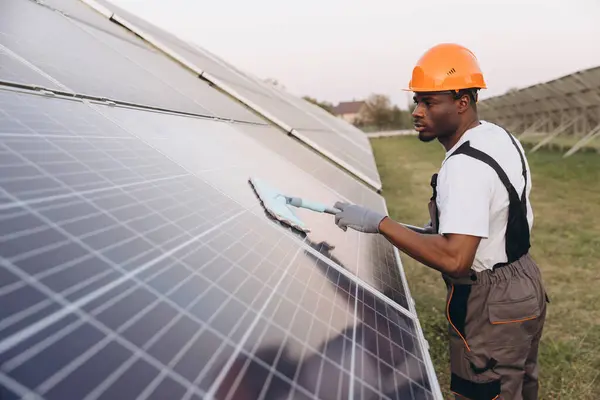
5. Community-Led Renewable Solutions
Globally, locally driven renewable projects illustrate the way in which local action can contribute to national ambition. In Africa, the import of solar capacity has risen exponentially—Nigeria alone has 1.7GW of solar capacity, enough to supply 1.8 million European households. Pakistan doubled imports of solar capacity in 2024, importing capacity equivalent to a third of its electricity generation. Locally driven transformation brings resilience and energy security, especially for those exposed to fossil fuel risk.
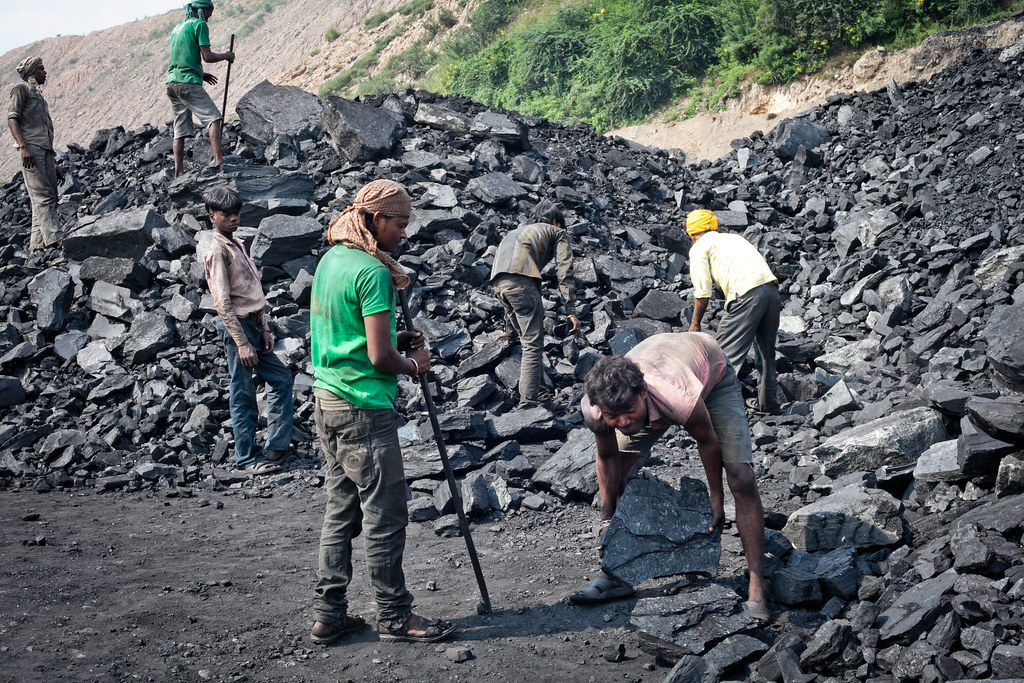
6. Human Dimension: Just Transition for Coal Communities
The shift from coal is economically hazardous to coal communities. Policy initiatives such as the US RECLAIM Act provide land reclamation, retraining of workers, and incentive payments to clean firms to set up operations in retired coal towns. These are important so that the transition, while not just a quick one, is just, preventing economic catastrophe to vulnerable communities.

7. Psychological Resilience In The Face Of Climate Alarms
For socially conscious citizens and activists alike, the constant flow of climate crisis news can be just too much. What is required, according to experts, is prioritizing concrete actions organizing in favor of promoting local renewable initiatives, advocating policy changes, and activism at the community level to turn fear into empowerment. For Kelly Levin of the Bezos Earth Fund, “Progress is possible when ambition and investment align.” To survive sustained climate activism, one has to stay informed without losing his or her sanity.
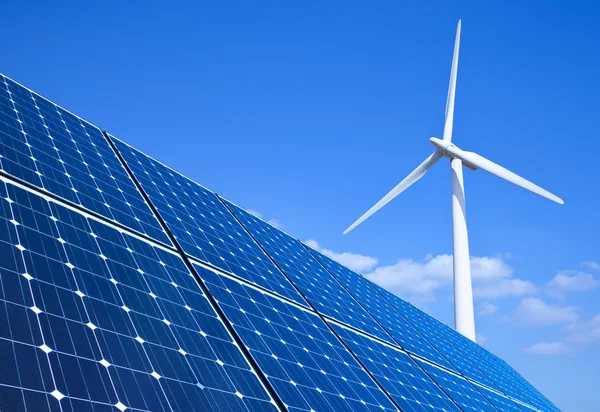
8. Urgency in Accelerating Change
The report is blunt: just holding current growth rates will not suffice. Solar and wind will have to grow 29% every year nearly twice their current rate to achieve 2030 targets. Carbon capture through technology has to be cut nine times faster, and deforestation ten times. “Keeping warming to 1.5°C now depends on one factor: speed,” wrote Bill Hare, CEO of Climate Analytics. Holding back by a single year opens up the gap and makes it more challenging to reach the peak.
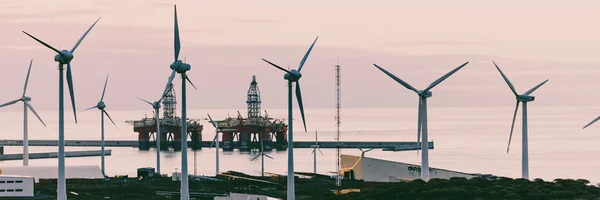
It is a decision between locking in global warming disaster systems or speeding toward a healthier, more sustainable future. The path map is on the shelf, technologies are available, and the money momentum is starting to catch up. What’s needed is the shared will to act swiftly, boldly, and comprehensively before the window of opportunity closes.


